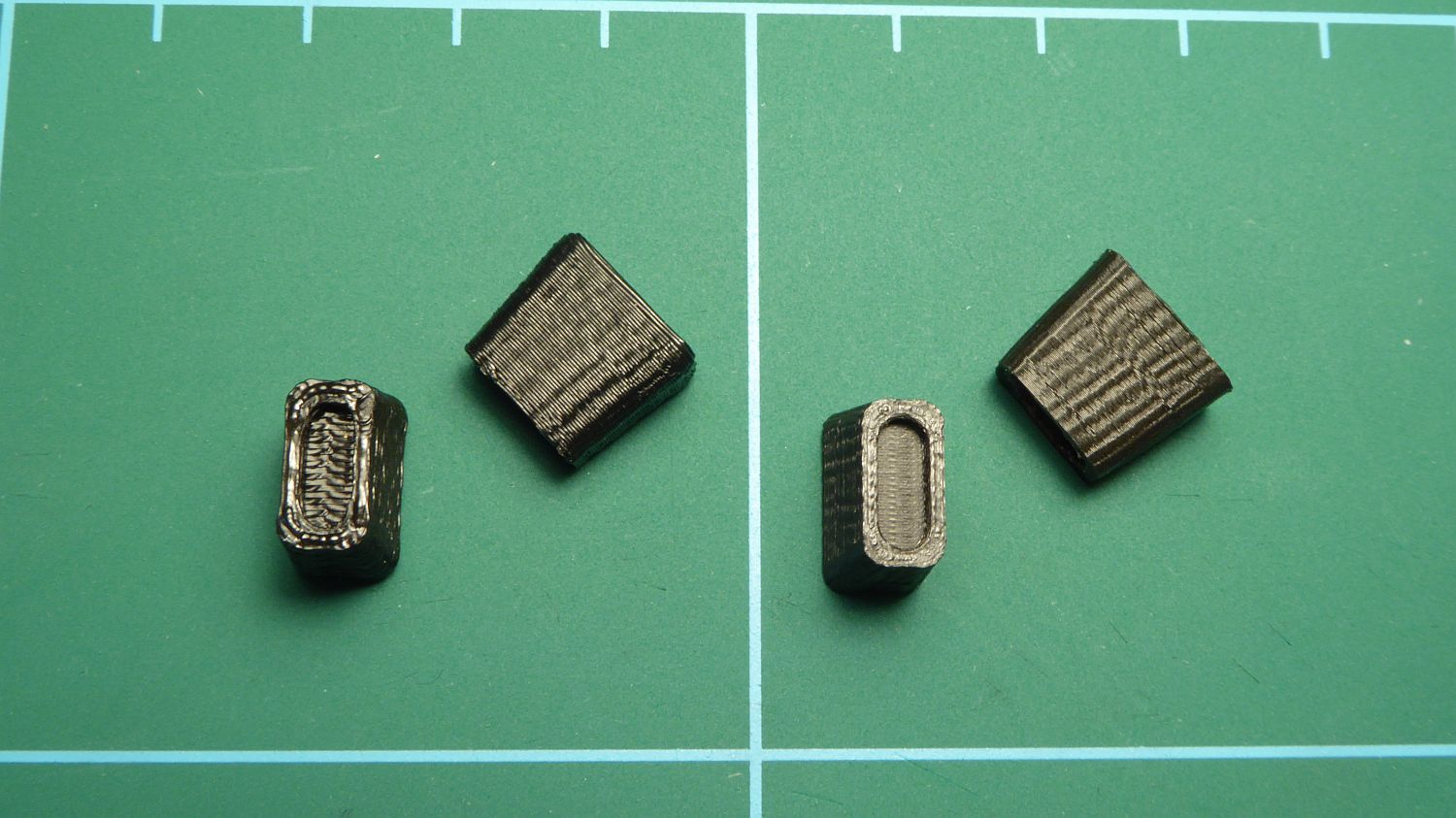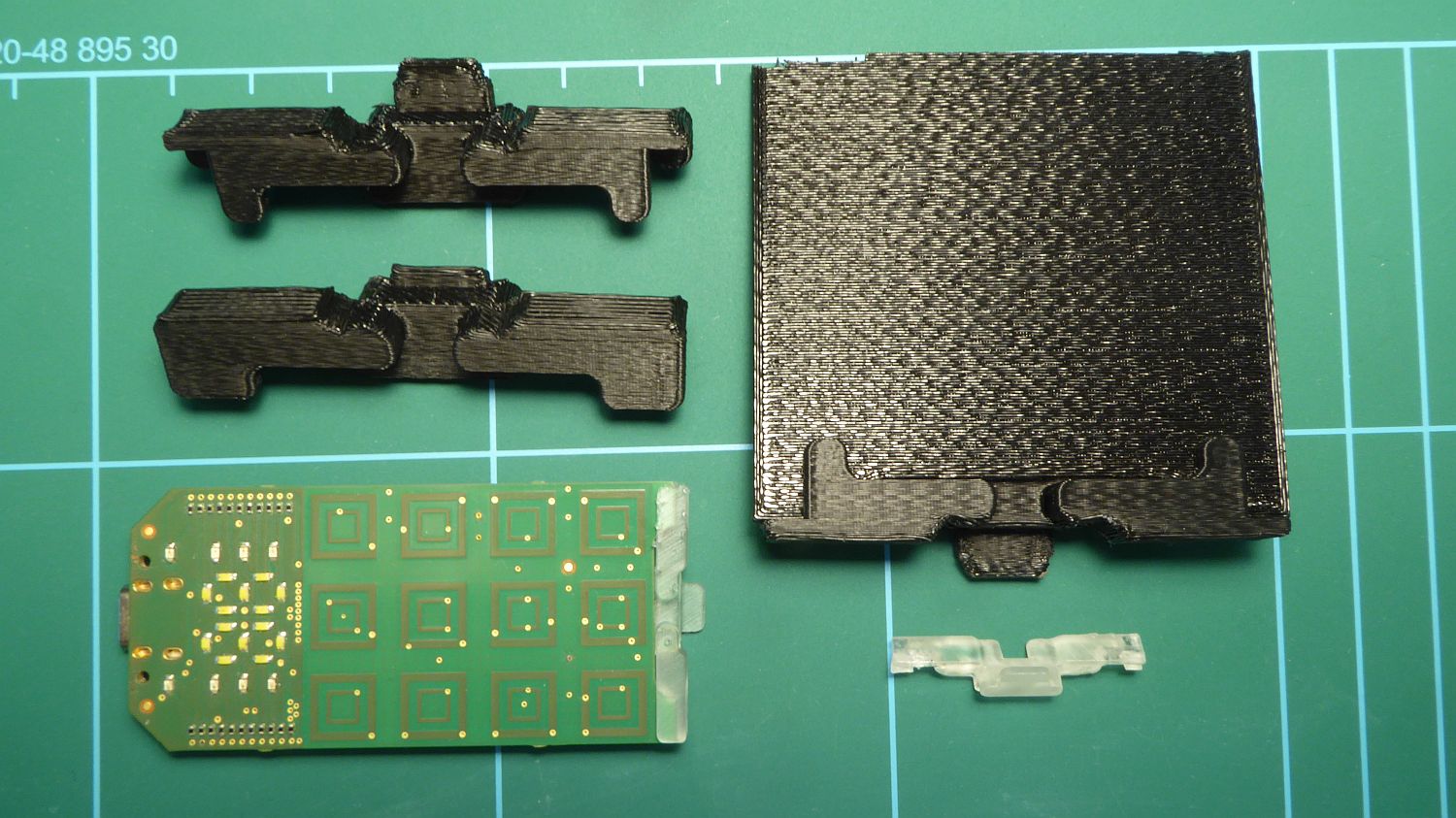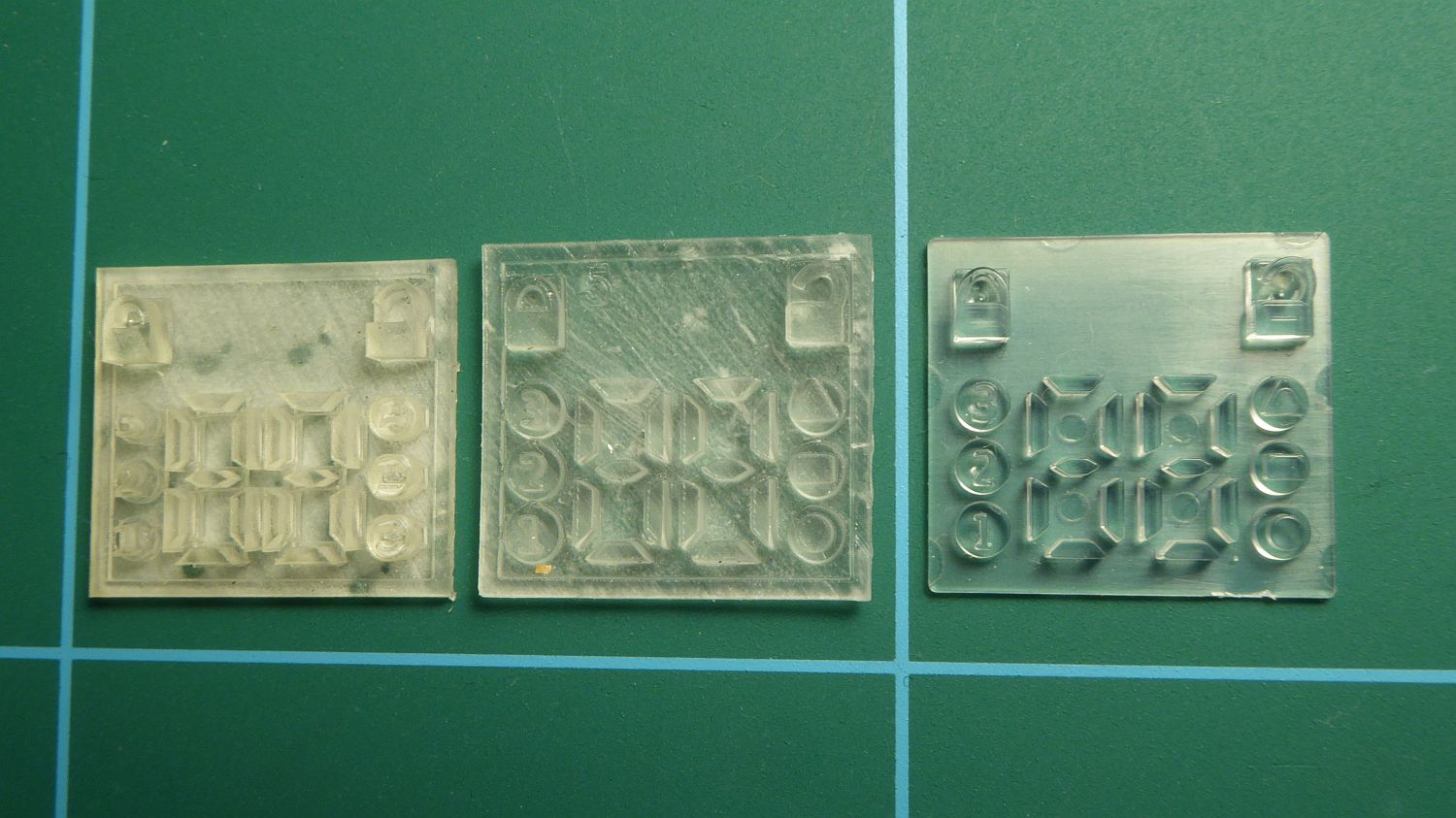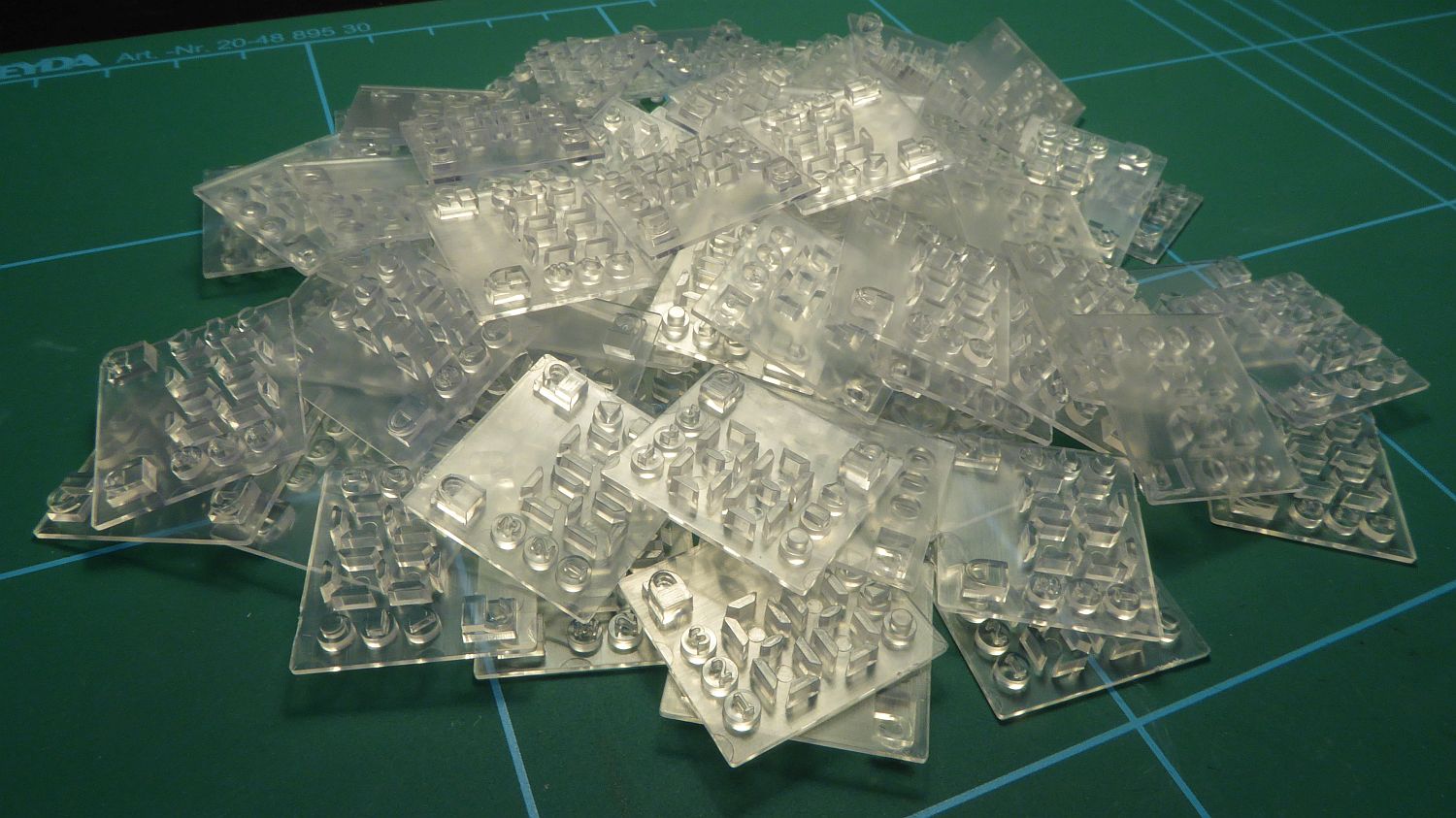Rapid prototyping in Cryptoucan™ development
Written by Jiří Keresteš on 2019-03-14
cryptoucanHardware is hard. Or is it? In today's blog, we are going to explore the scary valley between prototyping and production. Read on to learn more about the journey from an idea to a production-ready part.
You have just finished your part design in CAD[1]. Next step is obviously to transform those bytes of data into a physical object. If you have not just returned from a long vacation on a remote island, you have probably heard about the wonders of 3D printing. As 3D printers are now more affordable than ever, rapid prototyping of mechanical parts is available to everyone. So it is going to be easy, right?
Well, yes and no. It is easy to make a prototype. It is a bit harder to make an aesthetically pleasing and functional prototype. Desktop FDM[2] printers usually have precision about 0.5 mm. If you try hard enough, you can improve it slightly, but it still will not be as nice and accurate as a CNC-machined[3] part. It is time to move from FDM printing technology to something more suitable for your needs.

Picture 1: Common FDM printing quality vs fine-tuned print
There are many rapid prototyping services that will choose the most suitable manufacturing technology and deliver you the finished part. But before you start burning your money through semi-expensive SLA[4] prints, consider rethinking the problem. Does your part have details too fine for FDM[2] printing? Then try scaling it up before moving to another, more expensive printing technology. We have successfully applied this trick several times during the development of Cryptoucan™. In the picture 2 you can see a PCB holder too small for FDM[2] printing. However, scaling it up to 200 % enabled us to use our desktop FDM[2] printer and make multiple iterations in one day. Sending each iteration to a prototyping service would make this a two-week quest.

Picture 2: Comparison of SLA print and scaled up FDM print of a part.
While 3D printing is a powerful prototyping tool, it is not really suitable for mass production parts. You will most likely want injection molded parts[5]. And here comes another common trap: With 3D printing it is almost too easy to design a part that is very expensive to make with injection molding. There is a whole lot of design rules for injection molded parts that are different from 3D printing design rules. Improper design of snap-fit components, non-uniform wall thickness, sharp corners. There are many more design choices that can make difference between simple, reliable molding tool, and complicated one with a low part yield. Bear your production manufacturing process of choice in mind while designing prototypes. It just plain sucks to hear that part you spent weeks on is impossible to manufacture at scale. If you design carefully, the path from a prototype to a production part is easy, as you can see in the picture 3. First two parts are SLA[4] printed prototypes, the part on the right is injection molded production part.

Picture 3: First prototype, pre-production prototype and production part.
Oh, and there is one more thing. Our first samples of injection molded lightguides have arrived!

Picture 4: Injection molded lightguide samples.
See you next week in another post with something new and exciting!
References
- Wikipedia contributors. (2019, February 25). Computer-aided design. In Wikipedia, The Free Encyclopedia. Retrieved 12:04, March 13, 2019, from https://en.wikipedia.org/w/index.php?title=Computer-aided_design&oldid=885010582
- Wikipedia contributors. (2019, February 12). Fused filament fabrication. In Wikipedia, The Free Encyclopedia. Retrieved 11:52, March 13, 2019, from https://en.wikipedia.org/w/index.php?title=Fused_filament_fabrication&oldid=882977864
- Wikipedia contributors. (2019, February 27). Numerical control. In Wikipedia, The Free Encyclopedia. Retrieved 11:54, March 13, 2019, from https://en.wikipedia.org/w/index.php?title=Numerical_control&oldid=885403509
- Wikipedia contributors. (2019, March 10). Stereolithography. In Wikipedia, The Free Encyclopedia. Retrieved 11:56, March 13, 2019, from https://en.wikipedia.org/w/index.php?title=Stereolithography&oldid=887015132
- Wikipedia contributors. (2019, February 7). Injection moulding. In Wikipedia, The Free Encyclopedia. Retrieved 11:59, March 13, 2019, from https://en.wikipedia.org/w/index.php?title=Injection_moulding&oldid=882240061
